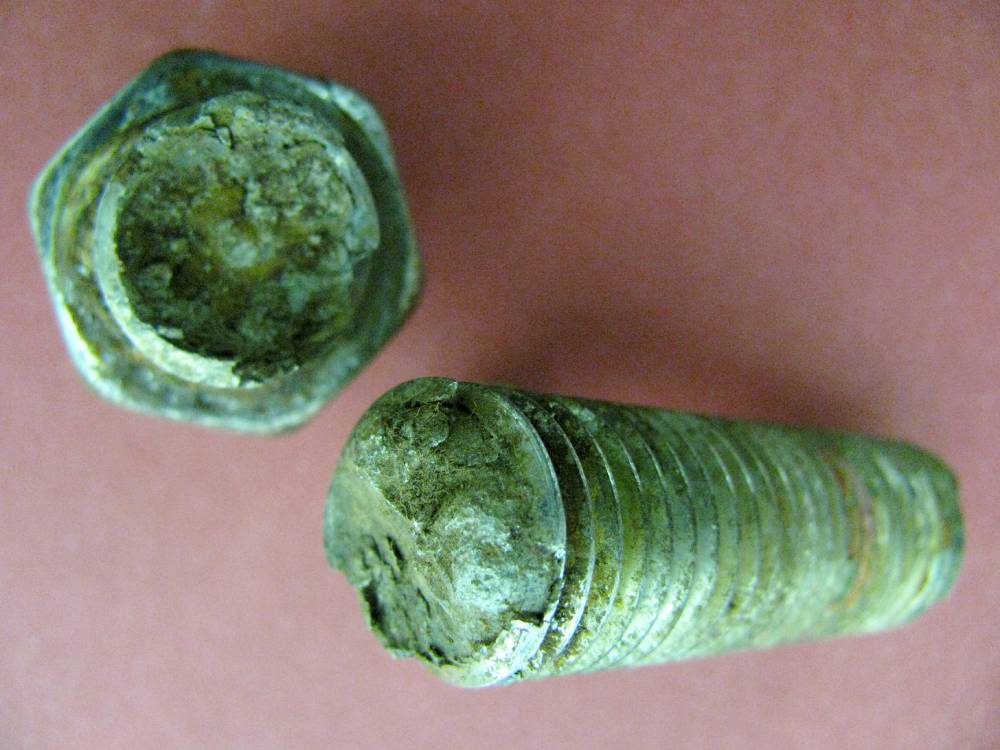Failure analysis for the manufacturing industry
Understanding the root cause of failure is an important step towards failure prevention. We offer:
ON-SITE INSPECTION
It is not always possible to remove or cut a part from a product or installation for examination in the lab. In that case, or as a first step of a more thorough failure analysis, our inspectors come on site to investigate the failure or degradation.
Samples of deposits/corrosion products or coating are taken to the lab for analysis. When relevant the depth of attack or remaining thickness of the metal can be determined.
Findings of the inspection are written in a comprehensive report and documented by means of photos.
Advantages of on-site inspection:
- It is non-destructive;
- It is a very fast process.
VISUAL EVALUATION
An important aspect of failure analysis is a thorough visual examination of the product or part in the lab. The product or installation is investigated by means of the unaided eye and microscopy to examine the degradation morphology in detail.
Advantages of visual evaluation:
- Performed by a trained eye;
- Fast;
- Non-destructive .

CROSS-SECTION ANALYSIS
Cross-sections are cut from the product or part and mounted in a resin. The samples are subsequently ground and polished to a mirror-like finish. Afterwards the cross-sections are investigated by means of light optical microscopy or SEM.
By means of cross-section analysis the corrosion or crack path through the material and the material condition can be investigated. For coated parts the edge coverage can be evaluated and the thickness of different coating layers can be measured.
Advantages of cross-section analysis:
- Examine corrosion or crack-path through the material;
- Examine the condition of the material (microstructural analysis);
- Examine layer structure and edge coverage of coatings.
SEM (-EDX) ANALYSIS
By scanning electron microscopy (SEM) surfaces, cross-sections or fracture surfaces can be examined with magnifications up to > 10000x.
This allows us to find e.g. tell-tale signs of fatigue cracking, overload fracture, … . By means of SEM-EDX (energy-dispersive X-ray analysis) an elemental composition of the analyzed matter is obtained. Therefore SEM-EDX is often used in the context of failure analysis. Only small amounts of corrosion products, deposits or metals are needed to perform the analysis.
Advantages of SEM (-EDX) analysis:
- Fast technique;
- Analysis of the surface;
- Imaging possible at high magnifications in addition to elemental analysis.
QUESTIONS ON OUR SERVICES?
Ensure your product or installation survives in the long run by including our expertise in the process from the very beginning. We are happy to answer any questions and are eager to offer our services. Contact us today!





